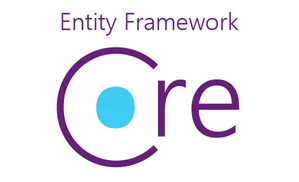ノーコードでクラウド上のデータとの連携を実現。
詳細はこちら →Sage 200 Data Provider の30日間無償トライアルをダウンロード
30日間の無償トライアルへ
CData


こんにちは!ウェブ担当の加藤です。マーケ関連のデータ分析や整備もやっています。
Entity Framework はobject-relational mapping フレームワークで、データをオブジェクトとして扱うために使われます。Visual Studio のADO.NET Entity Data Model ウィザードを実行するとEntity Model を作成できますが、このモデルファーストアプローチでは、データソースに変更があった場合やエンティティ操作をより制御したい場合は不都合があります。この記事では、CData ADO.NET Provider を使いコードファーストアプローチでSage 200 にアクセスします。
<configuration>
... <connectionStrings>
<add name="Sage200Context" connectionString="Offline=False;SubscriptionKey=12345;Schema=StandardUK;" providerName="System.Data.CData.Sage200" />
</connectionStrings>
<entityFramework>
<providers>
... <provider invariantName="System.Data.CData.Sage200" type="System.Data.CData.Sage200.Sage200ProviderServices, System.Data.CData.Sage200.Entities.EF6" />
</providers>
<entityFramework>
</configuration>
</code>
using System.Data.Entity;
using System.Data.Entity.Infrastructure;
using System.Data.Entity.ModelConfiguration.Conventions;
class Sage200Context :DbContext {
public Sage200Context() { }
protected override void OnModelCreating(DbModelBuilder modelBuilder) { // To remove the requests to the Migration History table
Database.SetInitializer<Sage200Context>(null); // To remove the plural names modelBuilder.Conventions.Remove<PluralizingTableNameConvention>();
}
}
using System.Data.Entity.ModelConfiguration;
using System.ComponentModel.DataAnnotations.Schema;
public class Banks {
[DatabaseGeneratedAttribute(DatabaseGeneratedOption.Identity)]
public System.String Id { get; set; }
public System.String Id { get; set; }
}
public class BanksMap :EntityTypeConfiguration<Banks> {
public BanksMap() {
this.ToTable("Banks");
this.HasKey(Banks => Banks.Id);
this.Property(Banks => Banks.Id);
}
}
public DbSet<Banks> Banks { set; get; }
Sage200Context context = new Sage200Context();
context.Configuration.UseDatabaseNullSemantics = true;
var query = from line in context.Banks select line;
